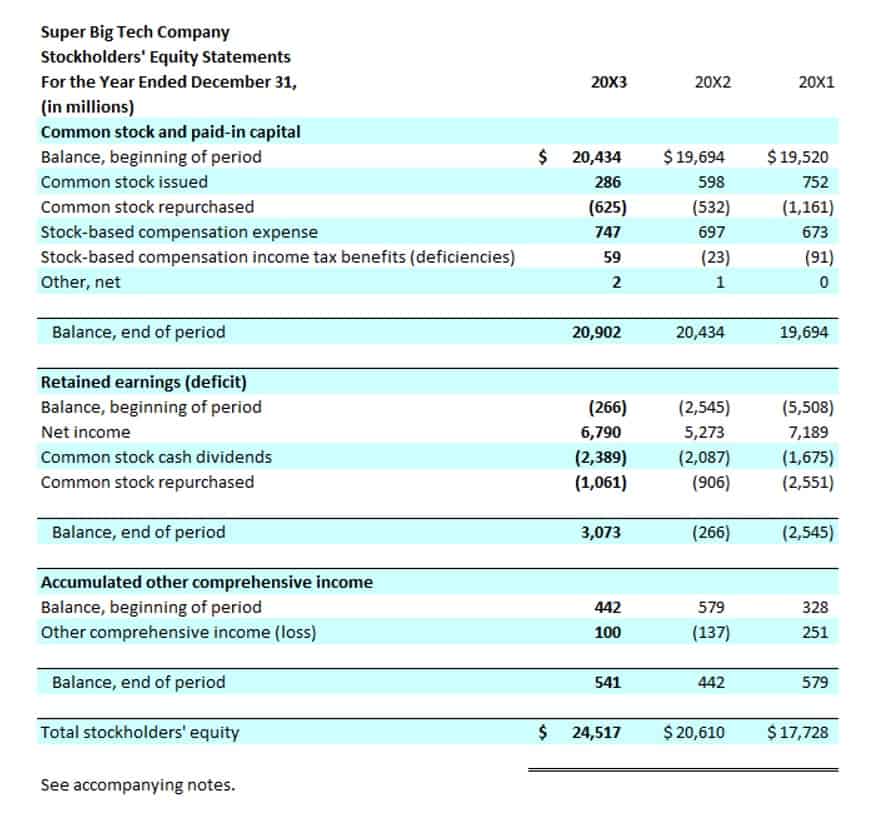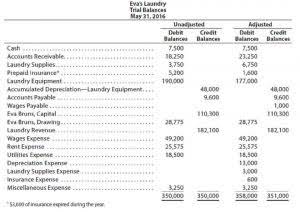
They report to the IRS, and individual partners, shareholders, and beneficiaries, the amounts of income, losses, deductions, credits, and other distributions they may have received. Form K-1 is an IRS tax form used to report an individual’s share of income, deductions, and credits from a partnership, S corporation, or trust. It is essential for accurately preparing your personal tax return.

Check out these reference books on different knitted cables:

Schedule K-1 is an Internal Revenue Service (IRS) tax form issued annually to the individuals in business partnerships. The purpose of Schedule K-1 is to report each partner’s share of the partnership’s earnings, losses, deductions, and credits. It serves a similar purpose for tax reporting as one of the various Forms 1099, which report dividend or interest income from securities or income from the sale of securities. The Schedule K-1 (Form 1065), sometimes called the Form K-1065, is a tax document that reports each partner’s share of QuickBooks a partnership’s income, deductions and credits.
Part II. Information About the Partner
Schedule K is a summary schedule of all partners’ shares of a partnership’s income, deductions, and more. Schedule K-1 shows each partner’s individual share of these items. A partner’s capital account reflects their equity stake in the entity, influenced by various transactions throughout the year. It starts with the initial contribution, which might include cash, property, or services, and is valued based on the fair market what does k1 mean value of these contributions.

What do I do if I do not receive a Form K-1 I believe I need to file?
- Founded in 1993, The Motley Fool is a financial services company dedicated to making the world smarter, happier, and richer.
- In other words, make sure that they sent you the K-1 for the right investment vehicle.
- Dividend income is categorized into qualified and non-qualified dividends, each taxed differently.
- The IRS will compare the information on your tax return with the information on the entity’s tax return to be sure that what you’ve reported matches up.
- You may also receive a Schedule K-1 form if you are a beneficiary of a trust or estate.
For instance, if an S corporation earns $200,000 and has two equal shareholders, each would receive a K-1 form reflecting $100,000 of income, which is then taxed at the individual shareholder’s rate. Any financial projections or returns shown on the website are estimated predictions of performance only, are hypothetical, are not based on actual investment results and are not guarantees of future results. 3 “Annual interest,” “Annualized Return” or “Target Returns” represents a projected annual target rate of interest or annualized target return, and not returns or interest actually obtained by fund investors. The IRS says they are due by March 15 (or the 15th day of the third month after the entity’s tax year ends). Whether that means they need to be issued by then, or to actually be in taxpayers’ hands by that date, seems open to interpretation.
- This section is all about long-term gains or losses you sustained this year.
- In property distributions, the adjusted basis of the distributed property is key.
- A recourse debt is a debt that holds the borrower personally liable (which means a lender can go after your property), while all other debt is considered nonrecourse.
- Or, ask mentioned before, consult with your CPA or tax advisor if any questions.
- For instance, if an S corporation earns $200,000 and has two equal shareholders, each would receive a K-1 form reflecting $100,000 of income, which is then taxed at the individual shareholder’s rate.

Keep on working these four rows over and over to Legal E-Billing form the pattern. Receiving Form K-1 signals your involvement in an entity’s financial activities and ensures that your share of taxable items is appropriately reported to the IRS. One of the common questions I get is about pattern reading and verbiage used in patterns.